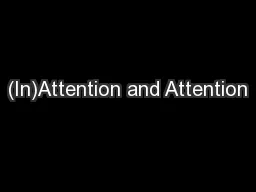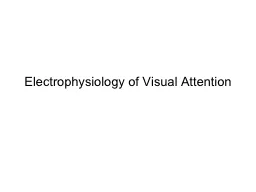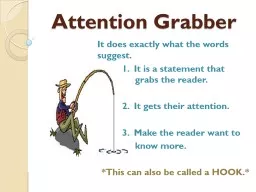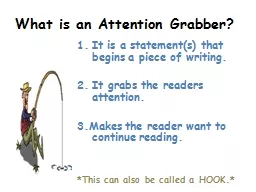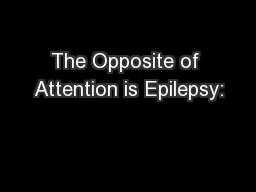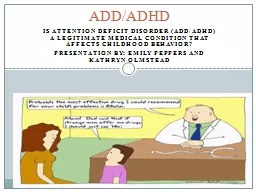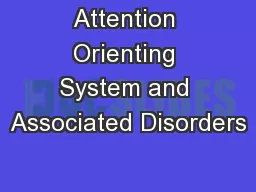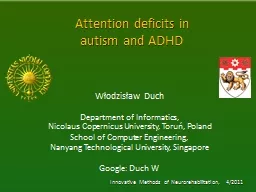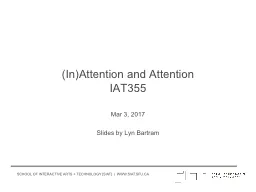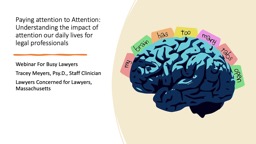PPT-(In)Attention and Attention
Author : mitsue-stanley | Published Date : 2017-07-12
IAT355 Mar 3 2017 Slides by Lyn Bartram Attention IAT 355 Mar 3 2017 This is a useful topic Understand why you can get students to shut their devices in class
Presentation Embed Code
Download Presentation
Download Presentation The PPT/PDF document "(In)Attention and Attention" is the property of its rightful owner. Permission is granted to download and print the materials on this website for personal, non-commercial use only, and to display it on your personal computer provided you do not modify the materials and that you retain all copyright notices contained in the materials. By downloading content from our website, you accept the terms of this agreement.
(In)Attention and Attention: Transcript
Download Rules Of Document
"(In)Attention and Attention"The content belongs to its owner. You may download and print it for personal use, without modification, and keep all copyright notices. By downloading, you agree to these terms.
Related Documents

